| Complex
Geometry What is it about? (history of the Hodge conjecture is below) |
|
By the time you come to some exciting applications, you have lost all your energy and enthusiasm. However it does not have to be that way. We will construct the course around a one million dollar conjecture, the popular version of the Hodge Conjecture. It states that: The Poincare dual of a Hodge class with rational coefficients on a smooth complex projective manifold is an algebraic cycle. Our motivation to navigate through complex geometry will be to understand only the meanings of each of the terms used in the above statement. The course will begin with some fundamental concepts of several complex variables. Most theorems of single complex variable theory, such as the Cauchy Integral Theorem hold with expected modifications. However Hartog's theorem will suggest that in several complex variable case you should be prepared to meet totally new phenomena even unpredicted in single variable case. Complex manifolds will be higher dimensional cases of smooth curves. When we wonder what happens at infinity, we will need to invent projective space and observe literally that parallel lines actually meet at infinity. Poincare dual is a polite way of talking about integration. What we integrate is called a differential form and what we integrate along is called a cycle. The way forms and cycles agree with each other is called duality. There are certain prestigious forms which tell other forms what to do. They are called harmonic forms. They are kernels of a Laplacian which is specifically invented for forms. All forms which agree on all worldly matters are called to belong to the same class. We will observe that when we integrate on a nice cycle a harmonic form, or any other form from the same class, all components of that form immediately give zero, regardless of which nice cycle we are considering, except some components of a certain well balanced shape. These surviving parts dictate what the value of the integration will be. Those special parts, and their friends will be called the Hodge classes. The nice cycles on the other hand will be called algebraic. Hodge conjecture basically claims that the observation we just mentioned is part of a divine pattern. |
| Technically speaking, a
Hodge form is referred to as a (p,p)-form. Towards the end
of the course we will see that the dual of any cycle of
codimension p is a (p,p)-form. The Hodge conjecture claims that the converse is also true: The Poincare dual of a rational (p,p)-form is an algebraic cycle.Surprisingly the above statement will be false if we use integers instead of rational numbers as coefficients whenever a coefficient is needed. |
| The History of the Hodge Conjecture |
|||
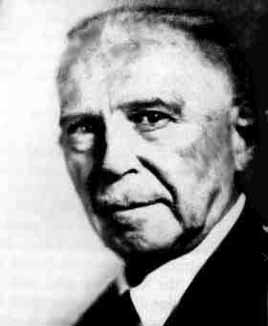
|
Solomon
Lefschetz proved the Hodge conjecture for the p=1
case. Actually when Lefschetz proved his theorem Hodge was still a young man of barely 20 years old. The techniques of cohomology with which the conjecture was later formulated were not yet invented. |
||
| W. V. D. Hodge,
after working on possible applications of de Rham
cohomology, finally talked about his work in 1950 and
mentioned an "important problem" which we now call the
Hodge conjecture. However Hodge was thinking about integer
coefficients... |
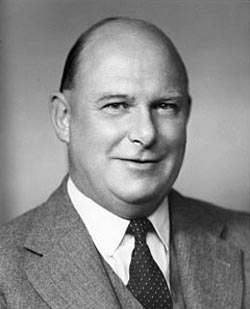
|
||
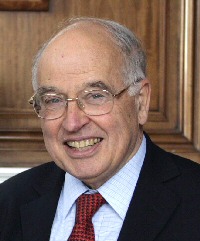
|
A few years later Atiyah and Hirzebruch showed that the conjecture fails with integer coefficients but will probably hold with rational coefficients. This is now known as the popular version of the Hodge conjecture. | 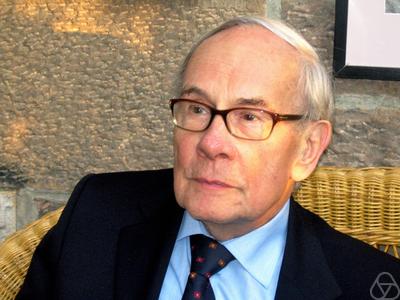
|
|
| There was another closely
related statement in Hodge's talk which is known as the
generalized Hodge conjecture. A few years after Atiyah and
Hirzebruch's work, Grothendieck constructed some
examples to show that the generalized Hodge conjecture is
also too ambitious and modified it to exclude his
examples. This is now known as the Grothendieck modified
General Hodge conjecture. Time permitting we will formulate also this conjecture and show that this general case implies the popular case. |
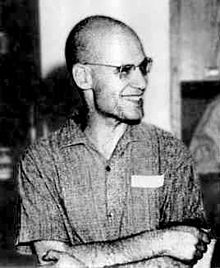
|
||

|
At the beginning of the millennium the Clay Mathematical Institute announced seven prize problems. Hodge conjecture, either form, is one of these problems. The prize for proving or disproving this conjecture is one million US dollars. | ||
| The conjecture is finally resolved by <your name> who was a student of Sertöz. He/she plans to use the one million dollar prize money to set up a complex geometry institute at <your home town>. | <insert your picture here> | ||